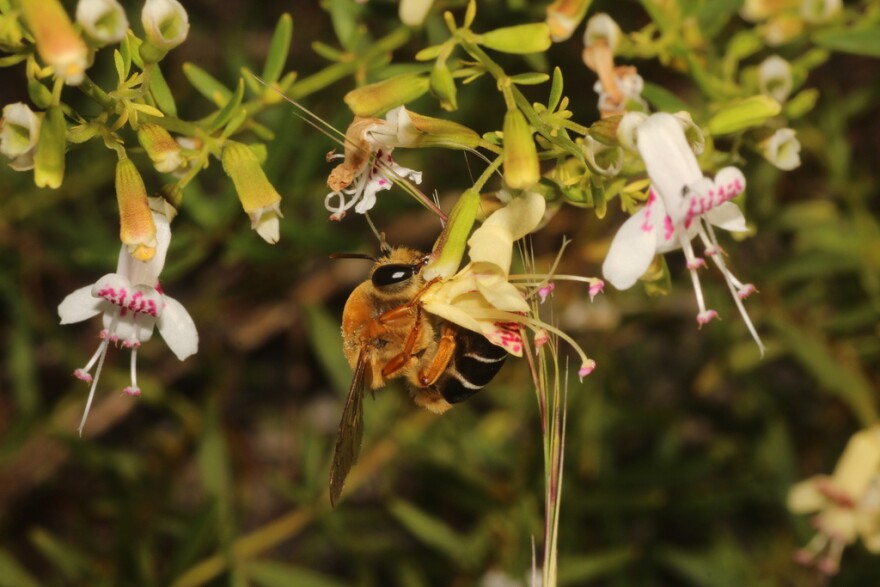There are about 20,000 species of bees worldwide, and Florida is home to more than 300 species of native bees. And while most people probably think of honeybees that live together collectively in hives, most bees actually live solitary lives underground.
The Florida Museum of Natural History is looking for your help to track two species of native bee that you’ll probably hear before you see. Southeastern plasterer bees are super-fuzzy, fast-flying and most active from August through October when wildflowers are in full bloom. But you won't find them buzzing around in active hives, they’ll most likely be flying solo. Very little is known about the bees’ biology but a project is underway to learn more.
GUESTS:
- Dr. Jaret Daniels, Curator of the McGuire Center for Lepidoptera and Biodiversity at the Florida Museum of Natural History at University of Florida
- Dr. Chase Kimmel, Postdoctoral Associate in the Daniels Lab at the McGuire Center for Lepidoptera and Biodiversity




